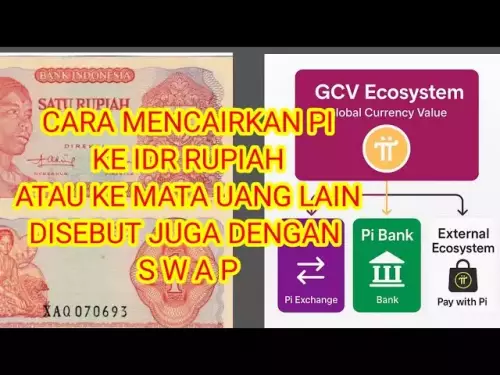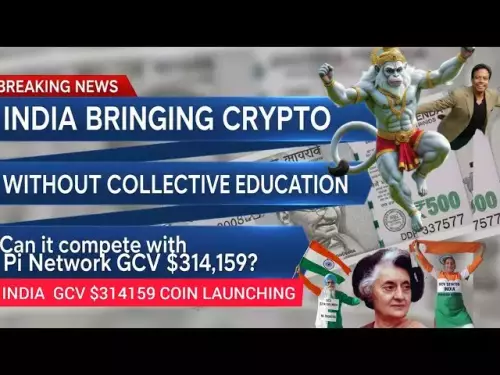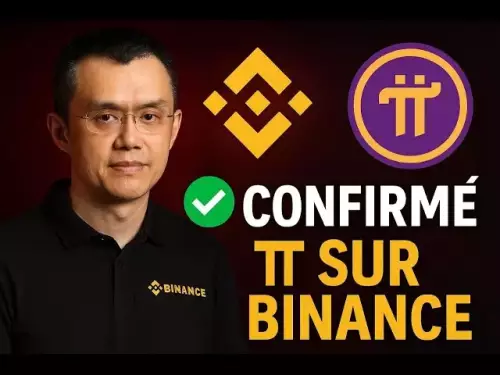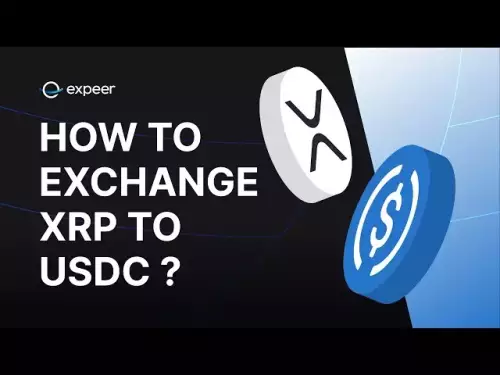 |
|
 |
|
 |
|
 |
|
 |
|
 |
|
 |
|
 |
|
 |
|
 |
|
 |
|
 |
|
 |
|
 |
|
 |
|
Cryptocurrency News Articles
Fractional NFTs: Democratizing Asset Viewing and Ownership
Oct 09, 2025 at 08:37 pm
NFTs and fractional ownership are revolutionizing how we invest, buy, and own assets. Explore the trends and insights shaping this digital frontier.
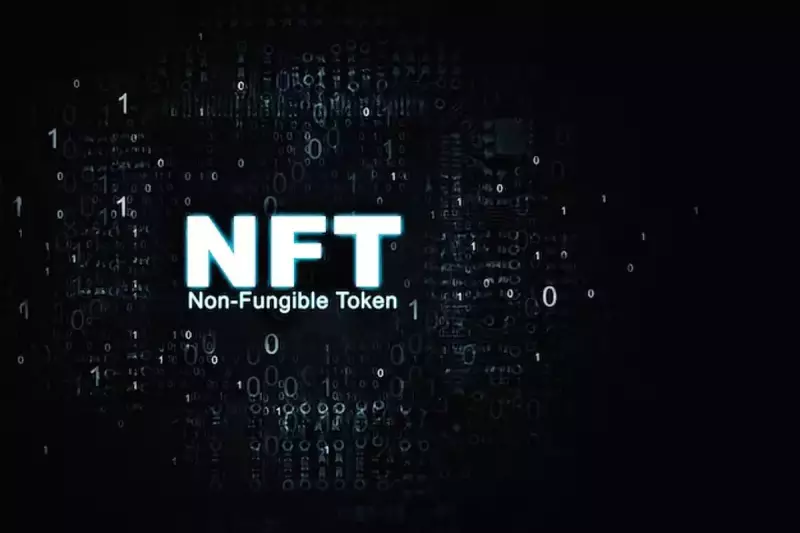
NFTs and fractional ownership are shaking up the investment world, making it easier than ever to own a piece of valuable assets. From real estate to fine art, here’s the lowdown on this digital revolution.
NFTs, Fractional Ownership, and Asset Viewing: A New Era
Five years ago, Pi Network’s founder, Dr. Nicolas Kokkalis, envisioned a world where everyday people could own fractional pieces of real estate and shares in major companies. That vision is now becoming a reality, thanks to NFTs and blockchain technology. This combo is breaking down barriers and democratizing access to wealth creation.
What’s the Deal with NFTs?
NFTs (Non-Fungible Tokens) are unique digital assets stored on a blockchain. Unlike cryptocurrencies like Bitcoin, each NFT is one-of-a-kind and can't be exchanged for another identical token. Think of them as digital certificates of ownership for assets like:
- Artwork and digital paintings
- Music, videos, and virtual goods
- Real estate titles
- In-game items and collectibles
NFTs certify who owns what, with all the details securely stored on the blockchain.
Tokenization and Fractional Ownership Explained
Tokenization turns ownership of an asset into digital tokens on a blockchain. Fractional ownership then divides that asset into smaller, more affordable pieces. For example, a $1 million painting can be split into 1,000 tokens, each worth $1,000. Investors can buy as many tokens as they can afford, owning a fraction of the artwork. If the art's value goes up, token holders get proportional gains.
The Magic of NFTs and Tokenization Together
By combining NFTs and tokenization, you get both divisibility and uniqueness. Here’s how it works:
- Asset Identification: Pick an asset, like digital art or real estate.
- Valuation and Tokenization: Break the asset down into smaller tokens.
- NFT Creation: Issue an NFT to represent the original asset.
- Distribution: Investors buy fractional tokens proportionate to the NFT.
- Ownership Record: Record everything on the blockchain for security and transparency.
This model opens up exclusive markets, letting more people invest in things previously reserved for the ultra-rich.
Why This Matters
The union of NFTs and tokenization offers several benefits:
- Accessibility: Lower barrier to entry for small investors.
- Liquidity: Easier trading of traditionally illiquid assets.
- Transparency: Traceable and tamper-proof transactions on the blockchain.
- Diversification: Ability to diversify into various asset classes.
- Global Accessibility: Anyone with internet can invest.
Real-World Examples
Tokenization and NFTs are already popping up in various industries:
- Real Estate: Buy slices of buildings or land without traditional intermediaries.
- Art & Collectibles: Authenticate and market art online.
- Music & Entertainment: Invest in artists' future royalties.
- Gaming: Trade tokenized in-game items.
- Sports: Offer fan tokens or fractional ownership of memorabilia.
The Future Is Now
As regulations mature and technology advances, expect tokenized assets to become the norm in finance, real estate, and the arts. We’re talking:
- Mass adoption of blockchain-enabled asset trading.
- Increased legal certainty for fractional ownership.
- Integration with decentralized finance (DeFi) platforms.
- Better interoperability between blockchain networks.
A Few Bumps in the Road
It’s not all sunshine and roses. NFTs and tokenization are still new, so there are risks to consider:
- Lack of Regulation: Laws for digital assets are still evolving.
- Market Volatility: NFT prices can fluctuate wildly.
- Security Vulnerabilities: Platforms can be vulnerable to cyberattacks.
- Valuation Issues: Figuring out the real value of digital assets can be tricky.
Do your homework and use reputable platforms before diving into NFT-based investments.
Final Thoughts
Tokenization and NFTs are revolutionizing ownership, opening up possibilities for global access and shared investment. So, buckle up and get ready for a world where ownership thrives in the open, democratized space of blockchain. Who knows, maybe one day you'll own a piece of the Brooklyn Bridge...digitally, of course!
Disclaimer:info@kdj.com
The information provided is not trading advice. kdj.com does not assume any responsibility for any investments made based on the information provided in this article. Cryptocurrencies are highly volatile and it is highly recommended that you invest with caution after thorough research!
If you believe that the content used on this website infringes your copyright, please contact us immediately (info@kdj.com) and we will delete it promptly.



















